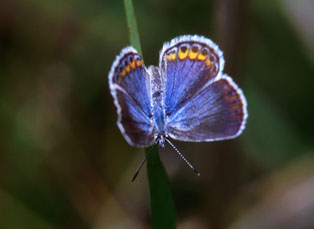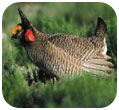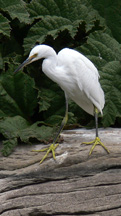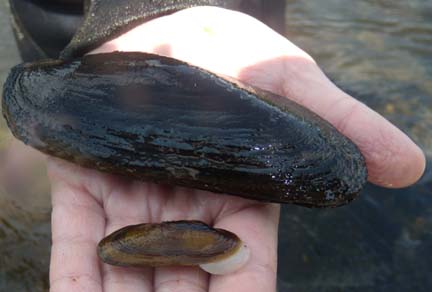Face to face with an eastern rattlesnake or a grizzly bear, you might not feel that it was the animal that was endangered. However, the eastern rattlesnake came closer to a possible Endangered Species Act listing earlier this month when the US Fish and Wildlife Service began a 12-month review of the species’ status.
Read more in the Chicago Tribune.
Meanwhile, in Canada, the Committee on the Status of Endangered Wildlife in Canada found no solid evidence of decline in the nation’s grizzly bear population overall, so it denied the species endangered species status, instead designating the western population a species of “special concern.”

 The
The  Maine and Minnesota both have citizen science butterfly projects.
Maine and Minnesota both have citizen science butterfly projects. When two environmental groups reached an agreement with the US Fish and Wildlife Service last year, pending court cases on the endangered species status of hundreds of species were settled as well.
When two environmental groups reached an agreement with the US Fish and Wildlife Service last year, pending court cases on the endangered species status of hundreds of species were settled as well. The Wisconsin Department of Natural Resources (DNR) has proposed changes to the state’s endangered species list.
The Wisconsin Department of Natural Resources (DNR) has proposed changes to the state’s endangered species list.